27 Jun Financing Facts
There still aren’t too many ways to finance the purchase of a business. Here are the primary methods:
Buyer Financing
Some buyers may have the cash available to purchase the business. Some may elect to use the equity in their residence, or other real estate. Others may have other assets that they can sell or borrow against.
Bank Financing
Banks may lend against a buyer’s assets as described above. They may also lend against the assets of the business, assuming there is sufficient value to support the loan. The business will also have to make sense to the bank, regardless of the asset value. In fairness to the banking system, many of the figures supplied by business owners have very little relationship to the actual earning power of the business.
Venture Capital Firms
These firms do not, as a practice, lend to small or even many mid-size businesses unless tremendous growth is anticipated. They also usually expect an equity position in the company.
SBA Loans
These have become more popular. There is now some competition among lenders for these loans. Many banks offer them, but the large non-bank companies seem to have the upper hand in both acceptance and service.
Other Sources
This category includes family, friends, relatives, credit cards and leasing companies. Some suppliers have been known to assist in the financing of a small business.
Seller Financing
This is, by far, the largest source of financing available for the purchase of a business. Many industry experts say that about 90 percent of small businesses sell with, or perhaps because of, the seller financing a good portion of the sale price. Buyers have much more confidence in the decision to purchase a business when the seller is willing to assist in the financing. The buyer has confidence that the seller believes the business will service the debt, in addition to providing a living wage.


